Top Halloween Social Media Campaigns: How They Worked and What Brands Can Learn
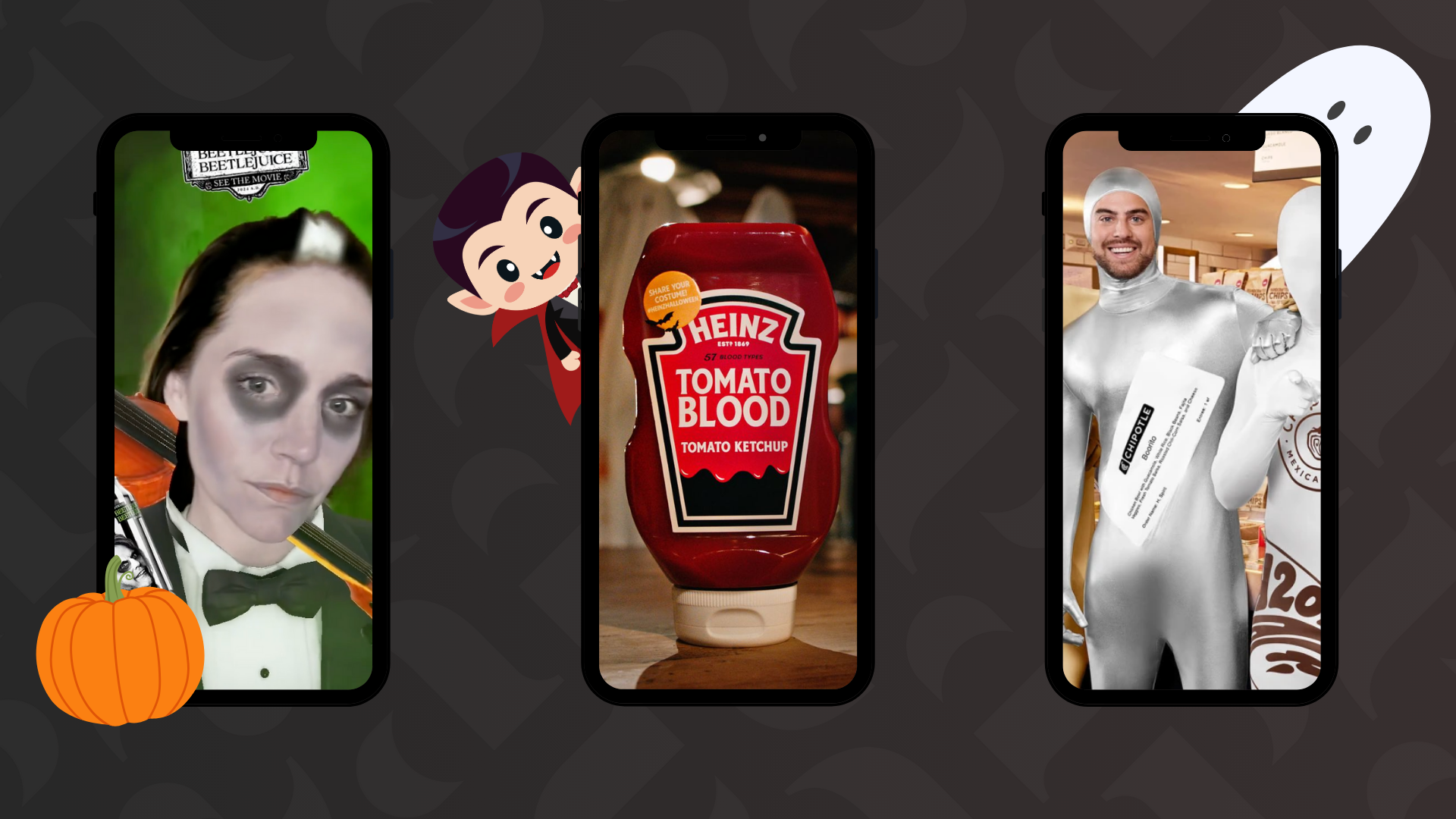
Halloween has become one of the most exciting times of the year for brands on social media. It is no longer just about spooky costumes and pumpkin posts. From imaginative product launches to clever AR filters, companies across every sector have found ways to tap into the Halloween spirit to entertain audiences and boost engagement.
The most successful campaigns stand out because they tell stories, invite people to take part, and make smart use of the right platforms to maximise reach. To give you some inspiration, we have rounded up 20 of the best Halloween social media campaigns, breaking down what they did, where they shared it, and what lessons your brand can learn.
20 of the Best Halloween Social Media Campaigns
These brands proved that with a little creativity, Halloween can deliver unforgettable campaigns across social media. Here is how they did it, which platforms they used, and why they worked.
1. Fanta – Snapchat AR Filters
Fanta released Halloween-themed bottles that unlocked interactive AR filters on Snapchat. Customers could scan the codes to reveal spooky digital effects.
Why it worked: It combined physical packaging with a digital twist, creating a fun and shareable experience.
2. Tesco – Hidden Camera Pranks
Tesco set up hidden cameras in stores to film unsuspecting shoppers encountering skeletons and pumpkins, then posted the clips on YouTube.
Why it worked: Real reactions made for funny, watchable content that audiences loved to share.
3. Starbucks – Seasonal Hashtags
Starbucks promoted its Halloween drinks with seasonal hashtags like #PumpkinHeads and #PSL on Instagram and Twitter.
Why it worked: Seasonal drinks plus strong hashtags encouraged user-generated content and community participation.
4. Chipotle – $3 Burritos in Costume
Chipotle offered $3 burritos to customers who came in costume and promoted the event through TikTok and Instagram videos.
Why it worked: The offer drove in-store sales while the social media angle created viral buzz.
5. Ikea Australia – Humorous Crib Promotion
Ikea Australia shared a Halloween-themed crib advert on YouTube that went viral for its quirky humour.
Why it worked: A funny, unexpected story stood out and was widely shared.
6. Heinz – Tomato Blood
Heinz launched “Tomato Blood” ketchup alongside Halloween costume kits, promoted on TikTok, Instagram and their website.
Why it worked: A clever spin on a classic product gave people something interactive and memorable to use.
7. Walkers – Monster Munch Costumes
Walkers released adult-sized Monster Munch costumes and worked with TikTok influencers to spread the word, alongside Instagram UGC.
Why it worked: Nostalgia, fun and influencer partnerships gave the campaign wide appeal.
8. Burger King – Free Whoppers for Clowns
Burger King offered free Whoppers to anyone dressed as a clown while playfully trolling McDonald’s across social media and YouTube.
Why it worked: Bold humour and competitor rivalry created instant buzz.
9. Airheads – AI Short Film Contest
Airheads launched an AI-powered short film contest promoted on YouTube, Facebook and Instagram.
Why it worked: Mixing technology with creativity inspired engagement and participation.
10. Urban Outfitters – Influencer Costumes
Urban Outfitters collaborated with influencers to showcase curated Halloween costumes on TikTok and Instagram.
Why it worked: Influencers gave the campaign authenticity and style credibility.
11. Kylie Cosmetics – Halloween Makeup Collection
Kylie Cosmetics rolled out a limited Halloween collection with themed packaging on Instagram and their website.
Why it worked: Striking visuals and exclusivity tapped into the hype-driven beauty community.
12. Fashion Nova – Provocative Promotions
Fashion Nova promoted its Halloween costumes using provocative captions across Instagram, Facebook and Twitter.
Why it worked: The brand’s daring, bold approach matched its image and got people talking.
13. Jack in the Box – Horror Film Content
Jack in the Box created a horror-style video on YouTube and paired it with a monster taco food truck tour.
Why it worked: Blending long-form storytelling with real-world events gave the campaign depth.
14. Liquid Death – Severed Hand Candle
Liquid Death partnered with Martha Stewart to sell a limited-edition candle shaped like a severed hand, promoted through social videos.
Why it worked: A shocking product, a celebrity tie-in, and scarcity drove massive attention.
15. Spotify – Emotional Song Sharing
Spotify encouraged people to share emotional songs linked to spooky memories across Reddit and Instagram.
Why it worked: Personal storytelling made the campaign relatable and community-driven.
16. Marriott – Hometown Spook Stories
Marriott invited Reddit users and website visitors to share scary hometown stories.
Why it worked: User-generated content built authenticity and encouraged community participation.
17. Snickers – Grocery Store Campaign
Snickers ran Halloween-themed promotions in supermarkets, amplified on Facebook and Instagram.
Why it worked: A strong retail presence, combined with social media support, reached consumers at multiple touchpoints.
18. Bacardi – Haunted House Film
Bacardi released a short haunted house film across YouTube and Instagram.
Why it worked: High-quality production and atmospheric storytelling appealed to young adults.
19. Booking.com – Haunted Hotels
Booking.com promoted haunted hotel stays on Instagram and through its website.
Why it worked: Seasonal travel offers tapped into curiosity and excitement around spooky experiences.
20. Kmart – “Spookmas” AR Campaign
Kmart blended Halloween and Christmas with a quirky “Spookmas” theme, using Snapchat AR filters and in-store displays.
Why it worked: It stood out by merging two holidays in a playful and unexpected way.
Why These Campaigns Worked
So, what made these Halloween social media campaigns so effective? Let’s break it down.
First, interactive AR filters were a huge win. Brands like Fanta and Kmart proved that audiences love playful, immersive content. Giving people the chance to try out spooky effects for themselves not only entertained users but also encouraged them to share their experiences with friends, boosting organic reach.
Next, influencer partnerships and user-generated content (UGC) added a layer of authenticity. Walkers and Urban Outfitters nailed this by leaning on trusted voices within their communities. When influencers wear the costumes or share products in a natural way, it feels less like advertising and more like genuine recommendation, which is exactly what today’s audiences respond to.
Then we have viral storytelling videos. Campaigns from Jack in the Box and Liquid Death show how humour, creativity and even a touch of shock factor can keep viewers hooked. A great story makes people want to watch until the end, and even better, it makes them want to share it.
Finally, these campaigns didn’t stick to just one platform. Multi-platform strategies allowed brands to reach audiences wherever they spend time: TikTok for short-form fun, Instagram for eye-catching visuals, YouTube for long-form storytelling, Snapchat for AR filters, and Reddit for community-driven buzz. By tailoring content to each space, brands maximised engagement and visibility.
What Brands Can Learn from These Halloween Campaigns
If you are planning your own Halloween social media campaign, here are the big takeaways that can help your content stand out.
1. Lean into Interactivity
Interactive elements like AR filters, contests, or even live activations make campaigns far more shareable. People love to play with content, not just watch it. Giving audiences tools to join in makes them part of the story.
2. Encourage Participation
User-generated content and community involvement are key to building trust. When customers create their own posts using your theme or hashtag, it feels authentic and spreads your reach far beyond your own channels.
3. Use Humour and Surprise
Halloween is the perfect time for playful twists. Humour, pranks, or surprising reveals keep audiences engaged and make campaigns memorable. A clever scare or unexpected joke can make your content go viral.
4. Repurpose Across Platforms
Do not stick to just one platform. A spooky TikTok challenge can be reshaped for Instagram Reels, while a long-form version might work on YouTube. Matching your content to each platform’s strengths ensures maximum reach.
5. Tap into Nostalgia and Seasonal Relevance
Halloween is rooted in tradition, so nostalgia always works well. Whether it is a retro costume throwback, classic songs, or seasonal foods, tie your content to cultural touchpoints that people already connect with emotionally.
Final Thoughts
The best Halloween campaigns are about so much more than spooky decorations or themed packaging. They succeed because they create meaningful, playful experiences that audiences actually want to engage with.
By using interactive tools like AR filters, leaning on community-driven content, and tailoring strategies to specific platforms, brands can do more than just join the Halloween noise: they can capture the seasonal spirit in a way that feels fresh and memorable.
The campaigns highlighted above show that when you combine creativity with cultural relevance, Halloween becomes a powerful opportunity for both storytelling and brand building. For marketers, the lesson is simple: embrace the fun, encourage participation, and use the season as a chance to connect with audiences on a deeper level.
Explore Our Latest Insights
Stay updated with our latest articles and resources.





Ready to elevate your marketing strategy?
Let’s add some spice to your next campaign 🌶️

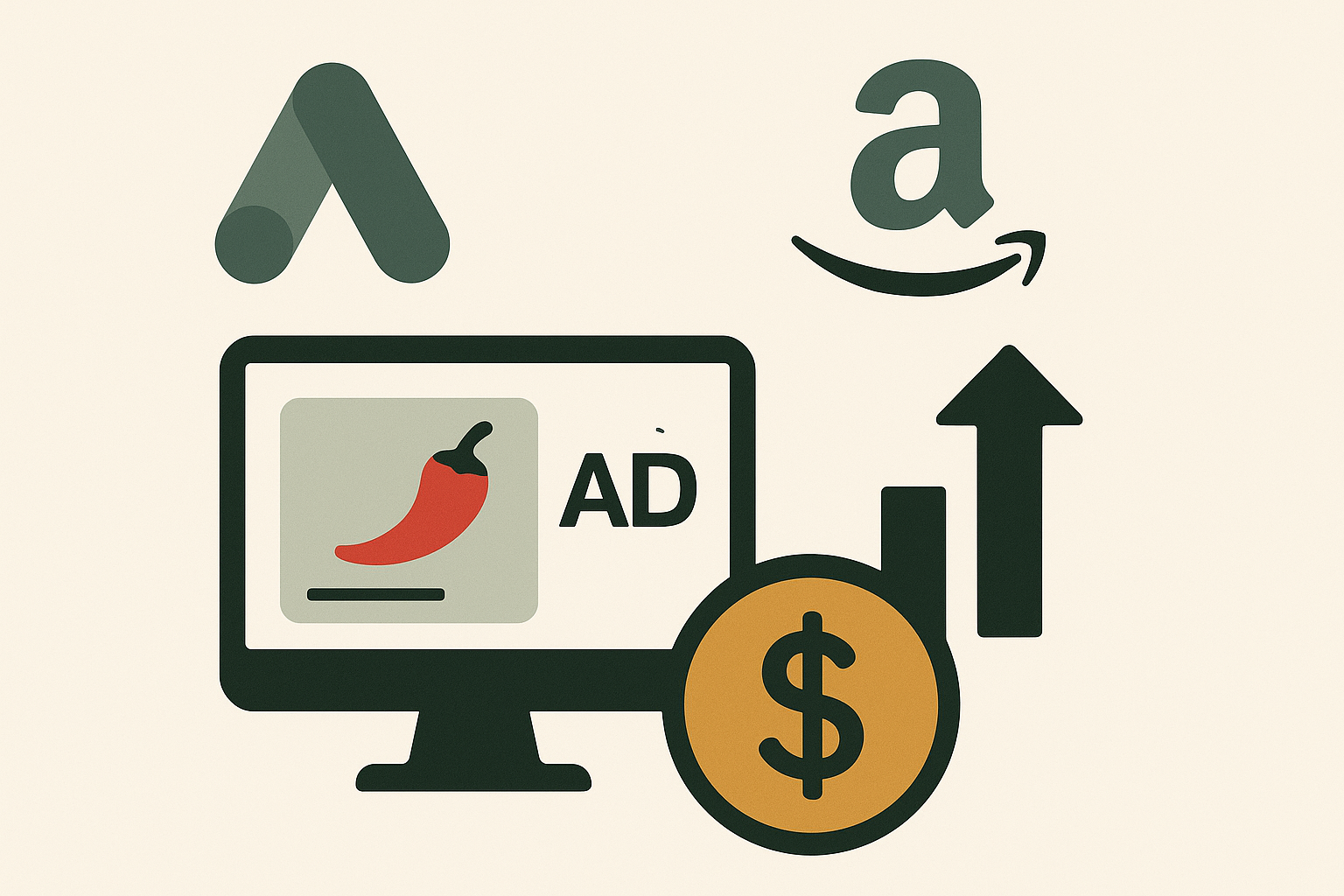
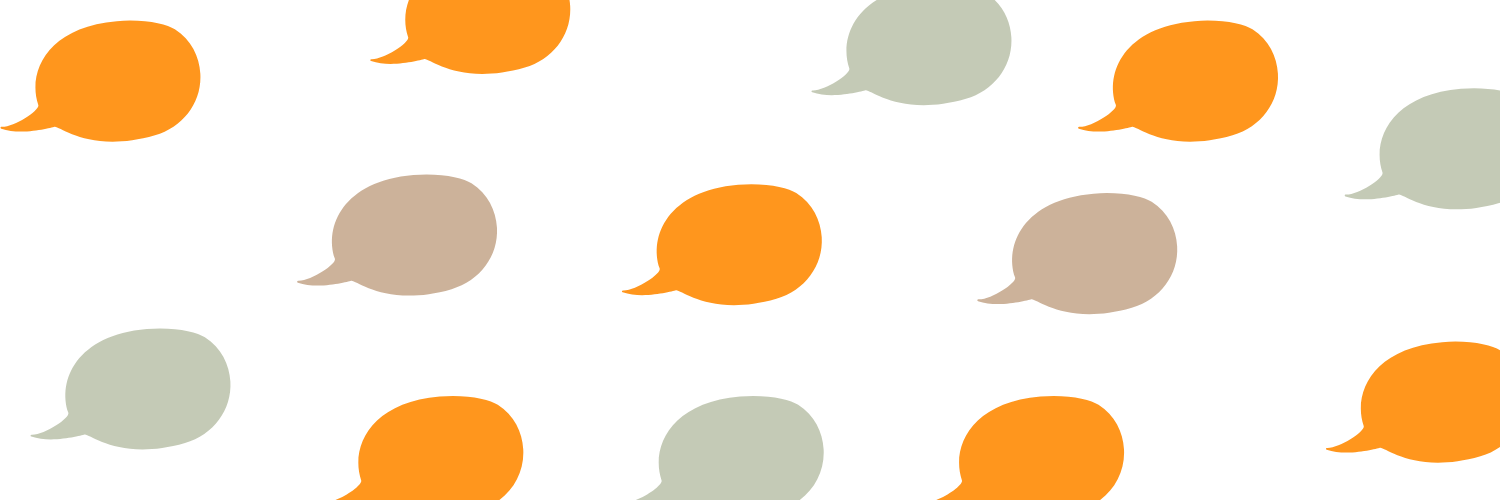
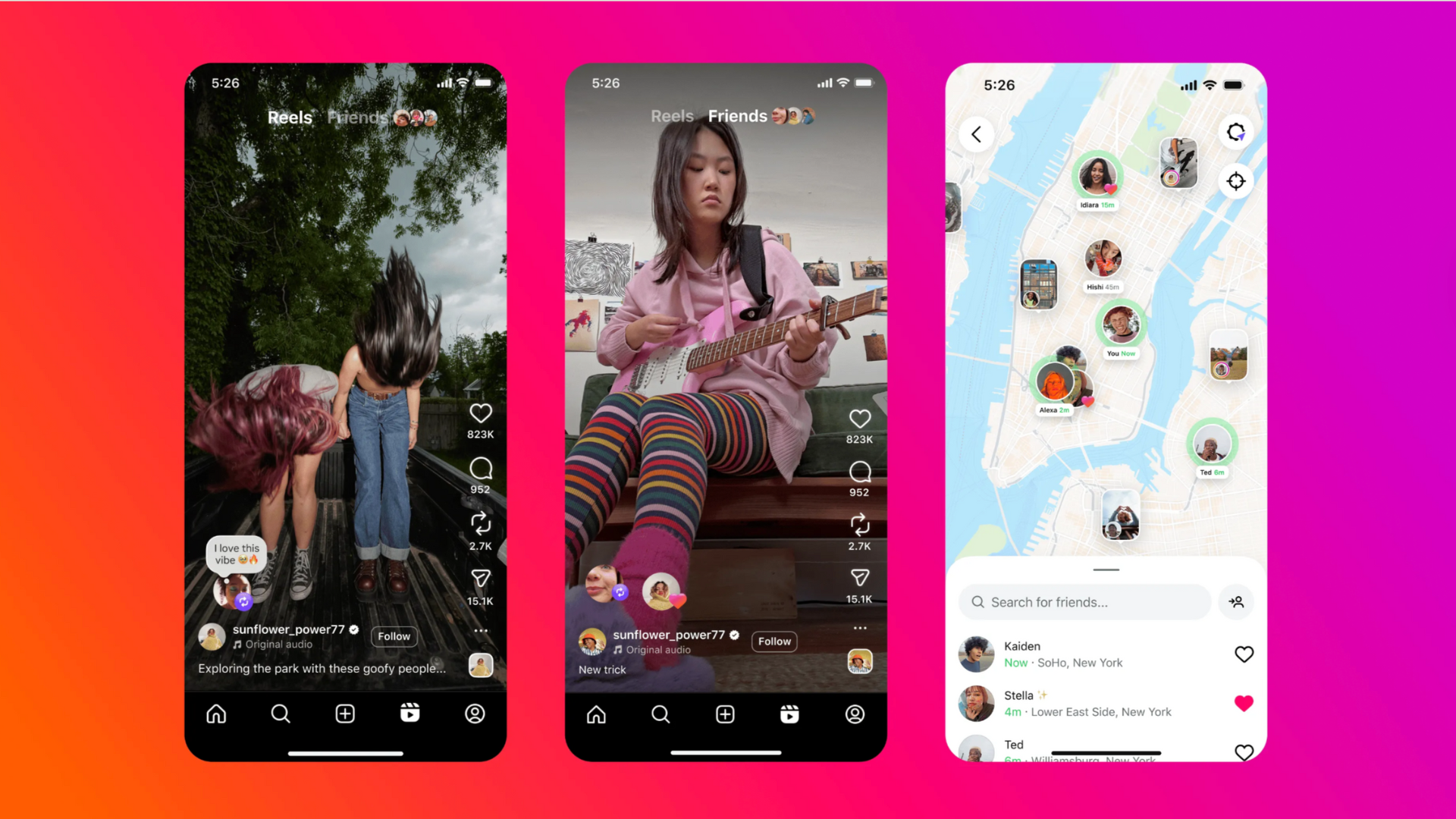

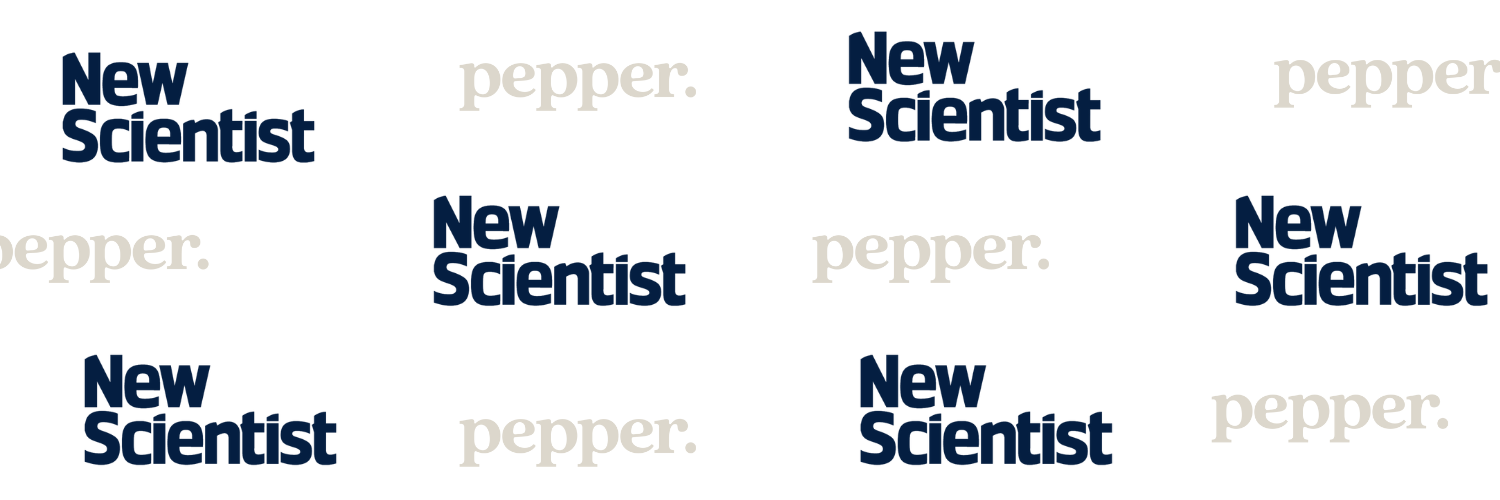
.png)